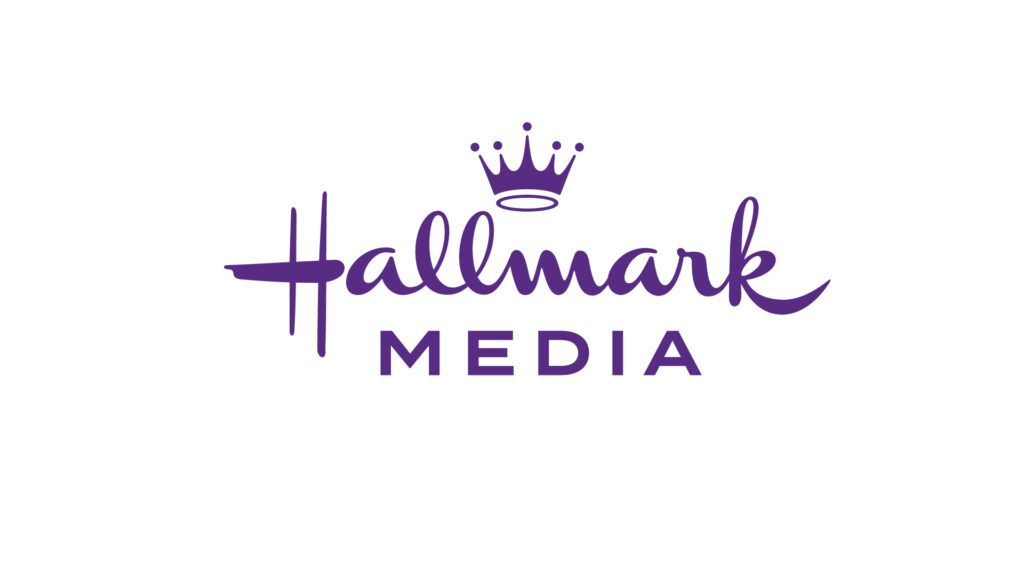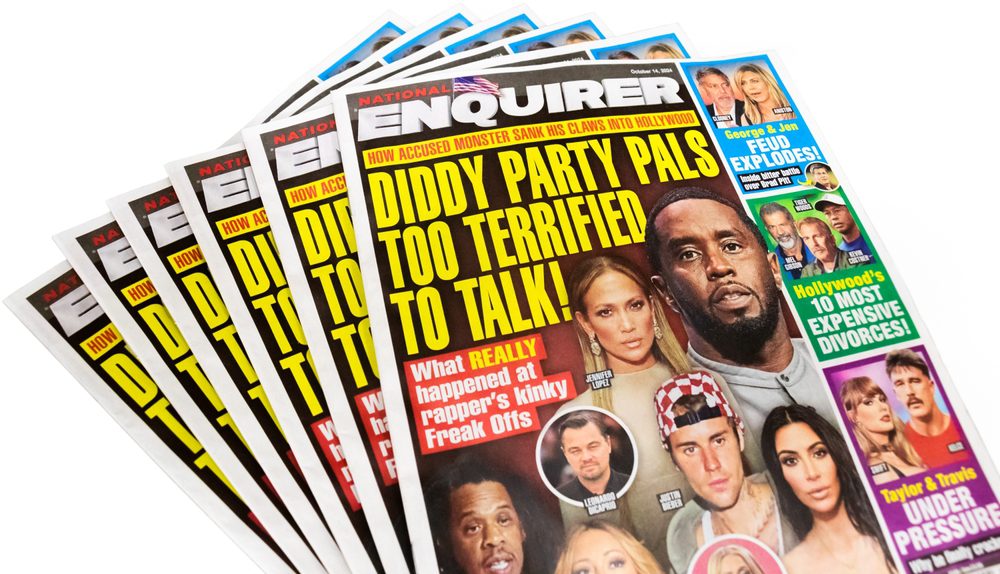Financial services marketers are about to have some of their most cherished shibboleths debunked.
For example, many believe that their cost per account acquisition (CPA) will go down if they mail less based on traditional response modeling. But that’s not the case, at least not in the home-equity business, according to a new study.
On the contrary, high-volume mailers that tailor their messages invariably do better.
The study, which is now half completed, was conducted by Rosetta Marketing Strategies Group with the Direct Marketing Association’s Financial Services Council. The preliminary results concern Home Equity Lines of credit (HELOCs).
The study had four HELOC participants: NationalCity, Key, Wells Fargo and SunTrust. Results from an insurance group were not shown, although they “tended to confirm the HELOC hypothesis,” said Robert Tetenbaum, executive vice president, First Manhattan Consulting Strategies Group.
Among four companies cited, the CPA ranged from $20 to $159. Lifetime value ranged from $1,364 to $4,569. Three out of four cited were above $3,000.
Firms that employed cross-selling as their acquisition strategy did better than those that did not (by 23 to 1).
The largest-volume mailer achieved a CPA and loan-size yields roughly equal to those that mailed less, according to Kuenne.
“Large scale direct marketing does not seem to be leading to deterioration in CPA,” he said.
In addition, sustained response rates appear linked to greater sophistication in segment targeting and message tailoring.
On gains charts, the traditional curve is that “the more you mail and the deeper and more frequent, the higher the CPA,” Tetenbaum said.
But that’s a myth.
“Actually, the curve is not as steep as generally believed,” he added. “This enables greater frequency of mailing, and deeper mailing.”
Tetenbaum noted that the HELOC industry is exactly where the credit card business was 14 years ago. In those days, the top ten credit card institutions had 53% of the market. Last year, the top ten controlled 82%. And the top three — Chase/Bank One, Citigroup and MBNA — have snared 51%.
A similar contraction could occur in the HELOC business. HELOC marketers have “no
In contrast, the HELOC industry has “not cracked the code in prospecting.” It’s just as fragmented as the credit card business was in 1990. But that could change, and with good reason: The profitability of HELOCS is 35 to 40 times that of credit cards.
It’s simple. The average cost of an acquired account is $30, he said. The average mailing piece costs $1. The average HELOC account is worth $4,000.
His conclusion? “We could mail huge amounts more than are being done today. The discoverers of the winning formula for prospect acquisition will dominate the HELOC business in this decade.”
The full study, including insurance results, will be released in February, according to Jeff Gundersen, head of the DMA Financial Services Council.
 Network
Network

